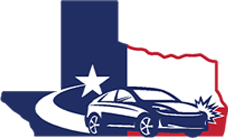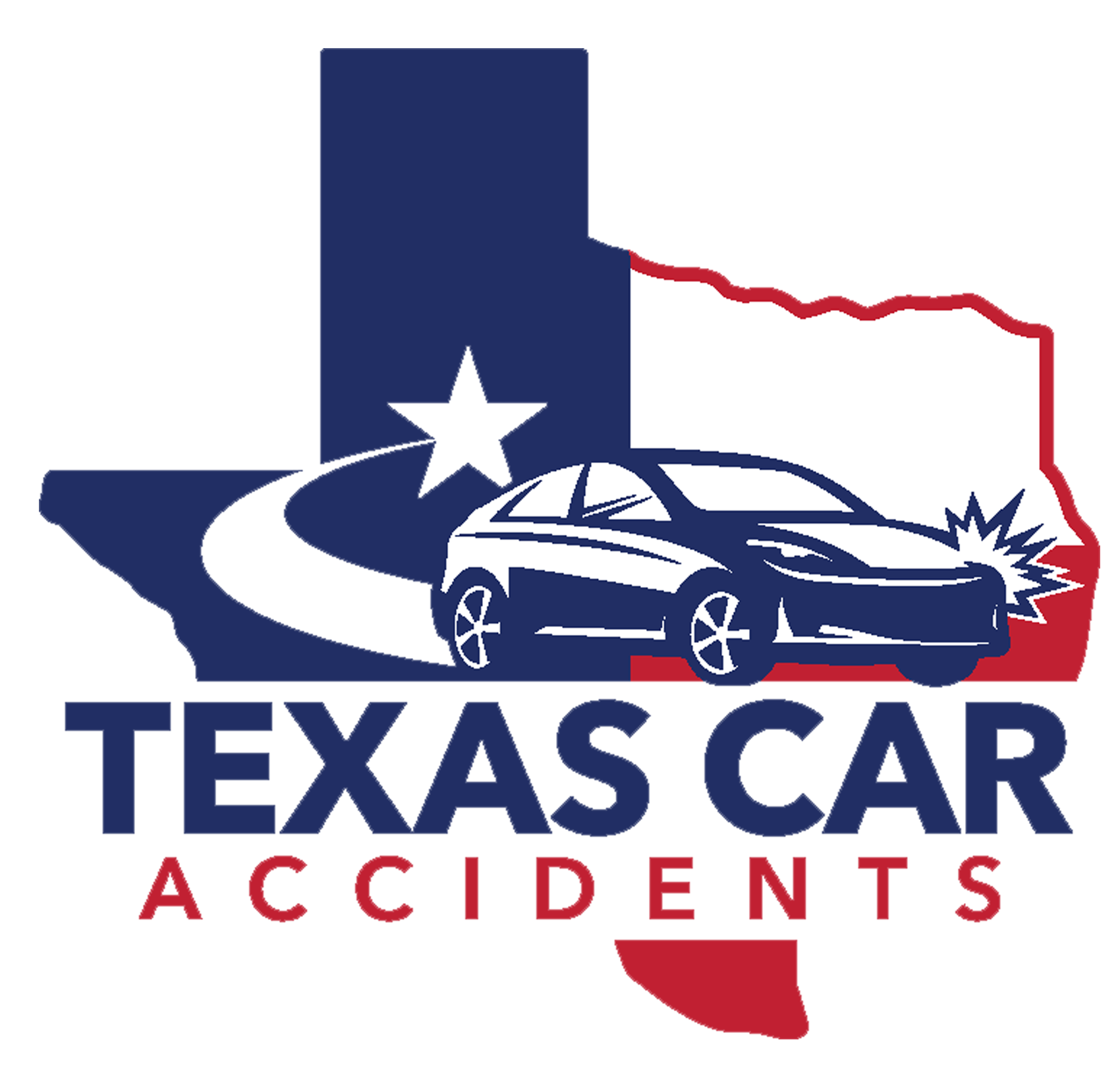What Should I Do
If I'm in an Accident?
If I'm in an Accident?
Accidents are traumatizing and incredibly dangerous. Even if you aren’t injured, it can be extremely difficult to accurately process the scene in order to protect yourself and prepare yourself for potential insurance claims. To help, we’ve prepared this list so that you can be fully educated on handling a future accident like a pro and receive the compensation you deserve.
SPEAK WITH A LAWYER
This won’t be the first thing you do chronologically, but it may be the most important thing on this page. Almost every car accident law firm offers COMPLETELY FREE consultations, where you can ask questions, learn how the process works, discover compensation that you may be entitled to, be made aware of deceptive insurance tactics, and much more. It’s always a good idea to call a lawyer, especially if you’ve been injured.
CALL THE POLICE AFTER AN ACCIDENT
When an accident occurs, call the police as soon as possible so they can make an official report. If you don’t, you run the risk of the at-fault driver telling the insurance companies a different story from what the actual facts of the accident were. However, when an officer is on the scene, at-fault drivers are far more likely to tell the truth, and these reports will be vital for your case down the line.
Note: Sometimes police will ask questions on the phone about injuries or damage to determine if a scene visit is necessary. Don’t take ‘no’ for an answer. Kindly request that they come to the scene to make sure a report is filed with the correct facts and statements from all parties.
MAKE SURE YOU AND YOUR PASSENGERS ARE SAFE
Your first priority after an accident is making sure everyone in your vehicle is safe. If serious injuries are apparent, call 911 immediately. The operator can coach you through the situation and ensure an urgent response to the emergency. And bear in mind that it’s very common for injuries to only start manifesting after days, weeks, and even months.
TURN ON YOUR HAZARD LIGHTS
After an accident, turning your hazard lights on will encourage other drivers on the road to slow down and be more cautious while approaching your vehicle.
MOVE VEHICLE TO SAFE AREA
If your vehicle can be driven after the accident, try to move it to a safe area so it’s not in danger of being struck again. However, be mindful of the fact that it’s important to get photos of the vehicles as soon after impact as possible so you have clear evidence of where every vehicle ended up.
DOCUMENT THE FACTS
It’s important that you make notes about the facts of the accident as soon as you’re able to start keeping a record. As time goes on, the chances increase significantly that important details will be forgotten or misremembered that could potentially help your case. Take some notes on your phone, jot things down on some paper, take a video of yourself describing the accident… however you can document it, detail what happened, any witness information, and other details that you think may be helpful.
FILE A CLAIM ASAP
It’s important that you file the accident claim with the other driver’s insurance company immediately. Doing so will ensure that your claim is processed as soon as possible, and you’ll be in the best position to speak intelligently and confidently about all the facts of the accident. If you’ve already spoken with a law firm, it’s a great idea to have them on the call with you to make sure the insurance company is being fair with the questions they ask you.
TAKE A PHOTO OF THE OTHER DRIVER'S INSURANCE INFO
If possible, get photo documentation of the other driver’s insurance policy information: name, vehicle, policy number, etc. It’s important to get this information at the scene because it may not be available to you until the police publish an accident report, which can take two weeks or more to receive. And if there is no officer called to the scene, it can make it even harder to recover.
TAKE A PHOTO/VIDEO OF THE OTHER DRIVER
It’s rare, but every now and then a driver will lie about who they are. If you have a photo or video of them from the scene, it can be matched to ID cards, insurance policies, registration info, and more. Be tactful in your approach to this step. A hostile person is not likely to be cooperative, and even without picture/video evidence, there are ways to handle the case if they lie about their identity. That said, a video with that person admitting fault for the accident is as good as it gets for proving liability.
TAKE PHOTOS OF THE SCENE & VEHICLES INVOLVED
Being able to show the exact location and condition of the vehicles after the accident is very important evidence. It will discourage any future challenges about vehicle damage that was actually caused by the accident, and showing multiple angles of the scene will provide key information about how the accident occurred and other useful environmental info (weather, potential security camera footage, etc). These photos can help speed up your claim, and they can also entice the insurance companies to write preliminary checks for repairs. Additionally, photos can be useful for your attorney and doctors in determining the kind of impact you suffered, which can significantly affect your case.
TAKE VIDEO OF THE SCENE & VEHICLES INVOLVED
Just like photos, videos of the vehicles and scene can be very helpful. Not only does it provide visible evidence of what occurred, but it may also pick up audio samples from the at-fault driver admitting fault or saying something that can be beneficial to your case.
GET POLICE OFFICER INFO
Every once in a while, police officers will make an error or forget to make sure that all parties have the crash exchange information. If you have the officer’s name and badge number, it makes it much easier to follow up with additional information and/or reach out to discuss discrepancies in their report.
STAY CALM
Car accidents can be shocking and traumatizing… especially if you’ve never been in one before. As difficult as it may be, do your best to stay calm. Steady nerves will help you make sure everyone is safe, explain how the accident happened, and get the necessary information from all parties.
GET TOW DRIVER INFORMATION
If your vehicle needs a tow, make sure you get the towing company information. Without it, you may not be able to track down your vehicle until you receive the police accident report… which can take two weeks or more. And if the police aren’t involved at all, it can be even more challenging to find out where your vehicle was towed. Insurance claims are taking increasingly long to process… you want to do whatever you can to speed it up.
GET WITNESS INFORMATION
A witness statement can be the deciding factor in who the insurance companies and police officers put at fault. All too often, determining fault comes down to your word versus theirs, and frequently there’s not enough physical evidence to prove one person right. If the at-fault driver blames you and you don’t have any way to prove they’re lying, a witness statement can go a long way. And even if a police officer puts you at fault, a witness can overturn what the officer says simply because they were there and the officer was not. Always scan the scene for any potential witnesses, and if you can’t get a statement there and then, at least get contact information so the police or insurance company can follow up with them.
What are some driving tips
To avoid being in an Accident?
To avoid being in an Accident?
The best kind of accident is the one that doesn’t happen to begin with. A huge percentage of crashes and fender-benders are avoidable by preparation, driving defensively, and common sense. If you follow these tips before and during every drive, you’ll eliminate many of the most common accident-causing factors on Texas roadways.
Avoid Road Rage
It can be hard to bite the bullet and take the high road, but engaging with a rageful driver is never a good idea. Drivers who are speeding, swerving, gesturing, yelling, brake checking, or taking other aggressive actions on the road are setting themselves (and others) up for disaster. Additionally, some insurance companies will deny coverage for their driver if it’s determined that they were engaged in road rage. The best solution is always to let them pass, give them space, or turn onto a different road altogether.
Wear Your Seatbelt
Common knowledge and common sense… when you’re wearing a seatbelt, your risk of serious injury or death is dramatically reduced.
Drive the Speed Limit
Everyone is in a rush-- we get it. Driving over the speed limit simply isn’t worth it. In addition to potentially receiving costly speeding tickets, your chances of being in an accident and suffering more bodily harm are significantly higher if you’re speeding. And even if another driver is put at fault for the accident, if it’s determined that you were speeding at the time, insurance companies may put partial responsibility on you.
Stay Off the Phone
Texas is one of the fastest growing states in the USA, and as such, roads and highways are becoming increasingly busier, especially around major urban areas like Houston or Dallas. Most phone-related accidents happen while stuck in traffic because people are looking down and not paying attention to the start-stop flow of traffic. You can’t afford to be distracted with your phone… just put it down. Use a headset, use talk-to-text, and keep your eyes on the road.
Keep a Safe Distance
You never know when something unexpected can happen right in front of you. It’s important to give yourself enough space with the vehicle in front of you so that if they stop or swerve abruptly, you have enough time to react. In a car accident, you will be put at fault almost every single time for rear-ending someone. There’s very rarely an excuse.
Always Drive Prepared
Everything from adjusting your mirrors to keeping important items within a hand’s reach is important preparation. The last thing you want to do is have to reach on the floor or in the back seat while the vehicle is in motion. In addition, if your mirrors are not properly set up, you may not see a nearby vehicle with enough time to avoid a collision.

